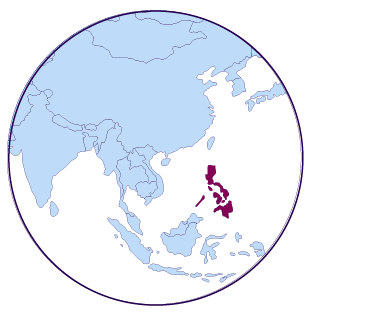Convention No. 190 and Recommendation No. 206 respond to the reality that acts of violence and harassment do not necessarily have to occur exclusively in a traditional physical workplace to be understood as prohibited work-related behaviours. Since work is performed in various settings and under different modalities, including through technology, these instruments seek to ensure protection in all places or circumstances related to work.
Article 3
This Convention applies to violence and harassment in the world of work occurring in the course of, linked with or arising out of work:
- in the workplace, including public and private spaces where they are a place of work;
- in places where the worker is paid, takes a rest break or a meal, or uses sanitary, washing and changing facilities;
- during work-related trips, travel, training, events or social activities;
- through work-related communications, including those enabled by information and communication technologies;
- in employer-provided accommodation; and
- when commuting to and from work.
By applying to violence and harassment “occurring in the course of, linked with or arising out of work”, Convention No. 190 captures the changing nature of work, including new types and different modalities of work (ILO 2018b, in particular paras 180–184). The reference to “public and private spaces where they are a place of work” in Article 3 is intended to cover the situations of those in the informal economy, such as street vendors; domestic workers, who work in or for a private household or households; or home- based workers, who work in their own homes (ILO 2018a; 2016b). With the explicit mention of “work- related communications, including those enabled by information and communication technologies”, all kinds of communication, including email and social media, are covered (De Stefano et al. 2020). This is particularly important in light of the teleworking arrangements that have become increasingly common in recent years, including as a way to provide more flexibility to address both work and life responsibilities.
Other ILO standards – particularly OSH-related standards – also embrace a notion of the “workplace” as being wider than the traditional physical workplace. According to the ILO Occupational Safety and Health Convention, 1981 (No. 155), the term “workplace” covers all places where workers need to be or to go by reason of their work and which are under the direct or indirect control of the employer (Art. 3(c)). The Protocol of 2002 to the Occupational Safety and Health Convention, 1981, calls for information on measures taken regarding occupational accidents, diseases and other injuries to health, which arise “in the course of or in connection with work” (Preamble (e)). In the Protocol’s definition section, the term “dangerous occurrence” covers a readily identifiable event as defined under national laws and regulations with the potential to cause an injury or disease to persons at work or to the public (Art. 1(c)). The term “commuting accident” covers an accident resulting in death or personal injury occurring on the direct way between the place of work and (i) the worker’s principal or secondary residence; (ii) the place where the worker usually takes a meal; or (iii) the place where the worker usually receives his or her remuneration (Art. 1(d)). The Occupational Safety and Health Recommendation, 1981 (No. 164), also provides that employers should be required to keep records relevant to OSH and the working environment. These include records of all notifiable occupational accidents and injuries to health that arise “in the course of or in connection with work” (Para. 15(2)) (ILO 2020d).
Box 7. Protection from violence and harassment beyond the traditional physical workplace: Examples from recent laws and regulations
Recent legislative reforms have started to spell out different places or instances where violence and harassment in the world of work can occur beyond the traditional physical workplace. Among others, online violence and harassment is receiving increased attention either as a separate or standalone notion, or as a means through which violence and harassment can be perpetrated.




